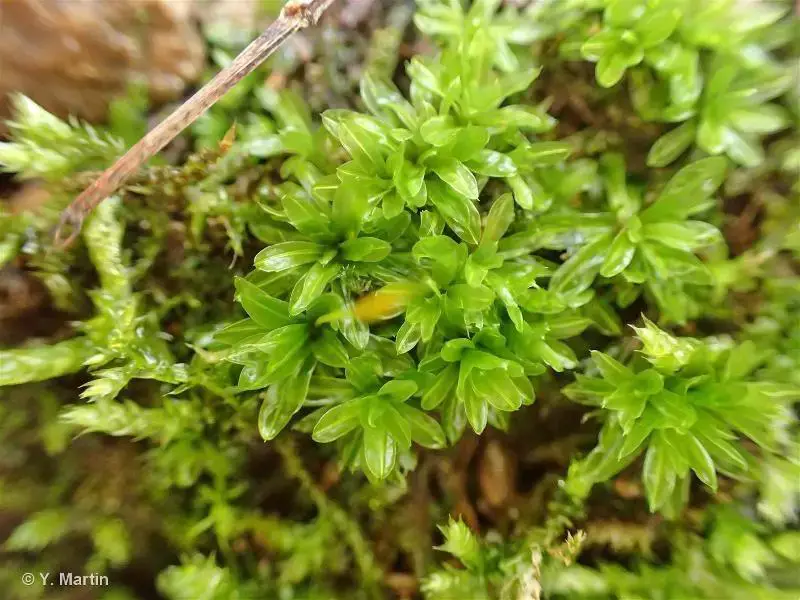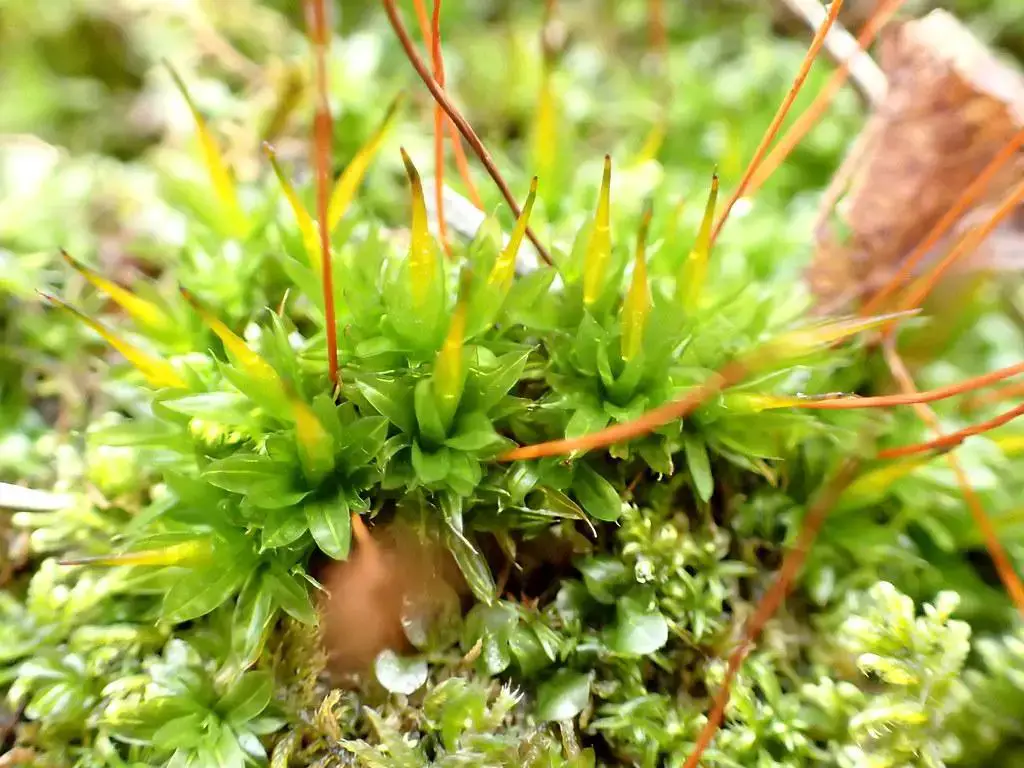
382199.jpg from: https://inpn.mnhn.fr/espece/cd_nom/5243
Introduction
In the vast and captivating world of bryophytes, one particular moss species stands out for its resilience and ubiquity – the Tortula subulata Hedw., a member of the Pottiaceae family. Often referred to simply as Tortula

395230.jpg from: https://inpn.mnhn.fr/espece/cd_nom/5243/tab/fiche
, this unassuming plant has carved out a niche for itself across diverse habitats, playing a crucial role in various ecosystems. Join us as we delve into the fascinating realm of this diminutive yet remarkable moss.
Background
Before we explore the intricacies of Tortula subulata Hedw., it’s essential to understand the broader context of bryophytes. These non-vascular plants, which include mosses, liverworts, and hornworts, are among the oldest land plants on Earth. Despite their small stature, they have played a pivotal role in the colonization of terrestrial environments and continue to contribute significantly to the biodiversity of our planet.
Main Content
Morphology and Identification
Tortula subulata Hedw. is a small, acrocarpous moss that forms dense, cushion-like tufts or mats. Its leaves are linear-lanceolate in shape, with a distinctive subulate (awl-shaped) tip that gives the species its name. The leaves are typically twisted when dry, but become spreading or recurved when moist. The sporophytes (spore-bearing structures) are borne on short, reddish-brown setae (stalks), with cylindrical capsules that are often slightly curved.

52899356435_be5f2d5eec_b.jpg from: https://www.flickr.com/photos/herbier/52899356435/
Global Distribution and Habitat
One of the remarkable aspects of Tortula subulata Hedw. is its widespread distribution. This moss can be found on every continent except Antarctica, thriving in a diverse range of habitats. It is particularly abundant in temperate and Mediterranean regions, where it colonizes various substrates, including soil, rocks, walls, roofs, and even tree bark.
Ecological Roles and Adaptations
Despite its diminutive size, Tortula subulata Hedw. plays a vital role in its ecosystems. As a pioneer species, it is often one of the first plants to colonize disturbed or newly exposed areas, helping to stabilize the soil and pave the way for other plant species. Additionally, this moss serves as a microhabitat for numerous invertebrates, providing shelter and food sources.

2021-05-16-12-45-38.jpg from: https://www.britishbryologicalsociety.org.uk/learning/species-finder/tortula-subulata/
One of the key adaptations that allow Tortula subulata Hedw. to thrive in diverse environments is its ability to tolerate desiccation. During dry periods, the moss can enter a state of dormancy, curling its leaves inward to minimize water loss. When moisture becomes available, it quickly rehydrates and resumes its metabolic activities, demonstrating remarkable resilience.
Case Studies/Examples
The ubiquity and adaptability of Tortula subulata Hedw. have made it a subject of interest for researchers studying urban ecology and biomonitoring. For instance, a study conducted in New York City examined the moss’s ability to accumulate heavy metals, highlighting its potential as a bioindicator of air pollution.
Technical Table
| Characteristic | Description |
|---|---|
| Phylum | Bryophyta |
| Class | Bryopsida |
| Order | Pottiaceae |
| Genus | Tortula |
| Species | Tortula subulata Hedw. |
| Common Name | Tortula moss |
| Growth Form | Acrocarpous, cushion-like tufts or mats |
| Leaf Shape | Linear-lanceolate, with a subulate (awl-shaped) tip |
| Sporophyte | Short, reddish-brown setae, cylindrical capsules |
Conclusion
Tortula subulata Hedw., a humble yet remarkable moss, has carved out a niche for itself across the globe, thriving in diverse habitats and playing crucial ecological roles. From stabilizing soil to providing microhabitats for invertebrates, this resilient bryophyte exemplifies the incredible adaptations and contributions of even the smallest organisms. As we continue to explore and appreciate the wonders of the natural world, let us ponder this thought-provoking question: What other hidden marvels might be waiting to be discovered, even in the most unassuming of places?